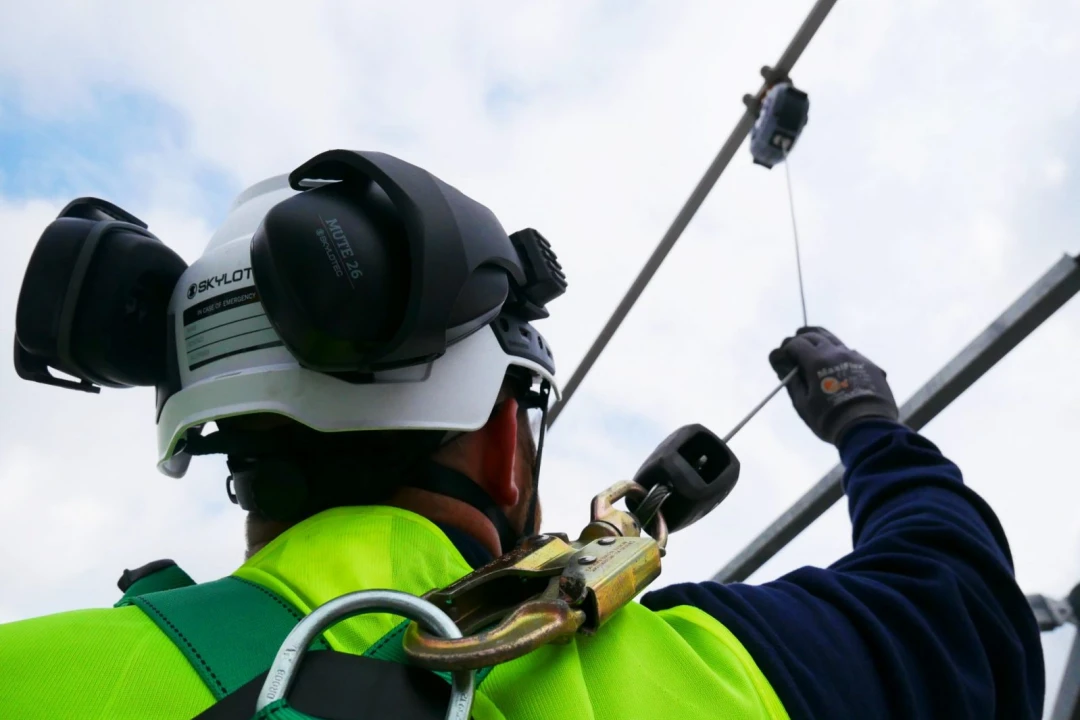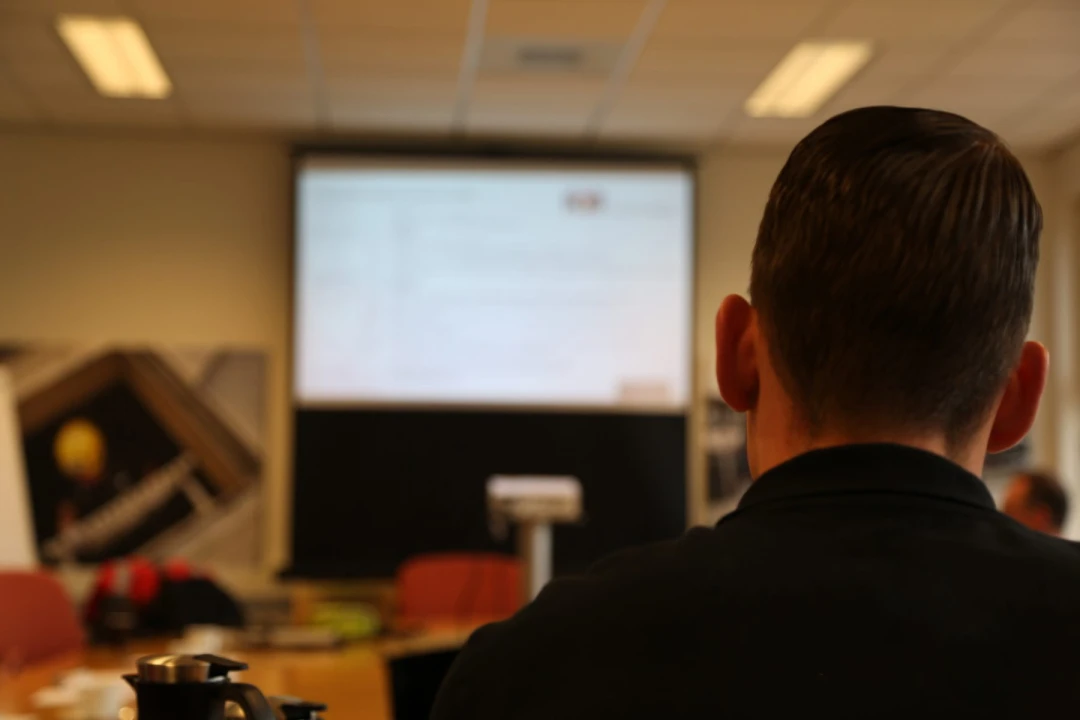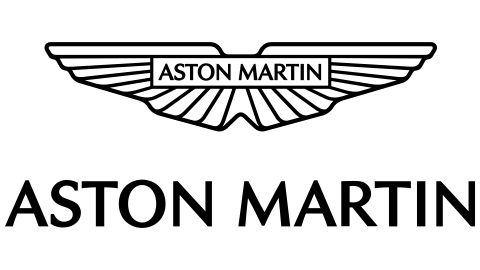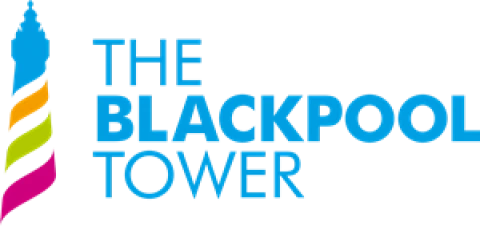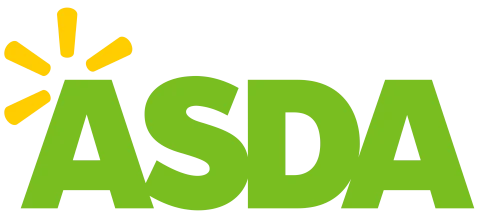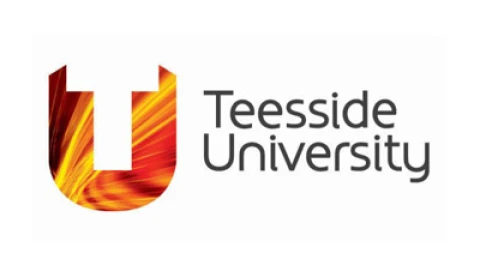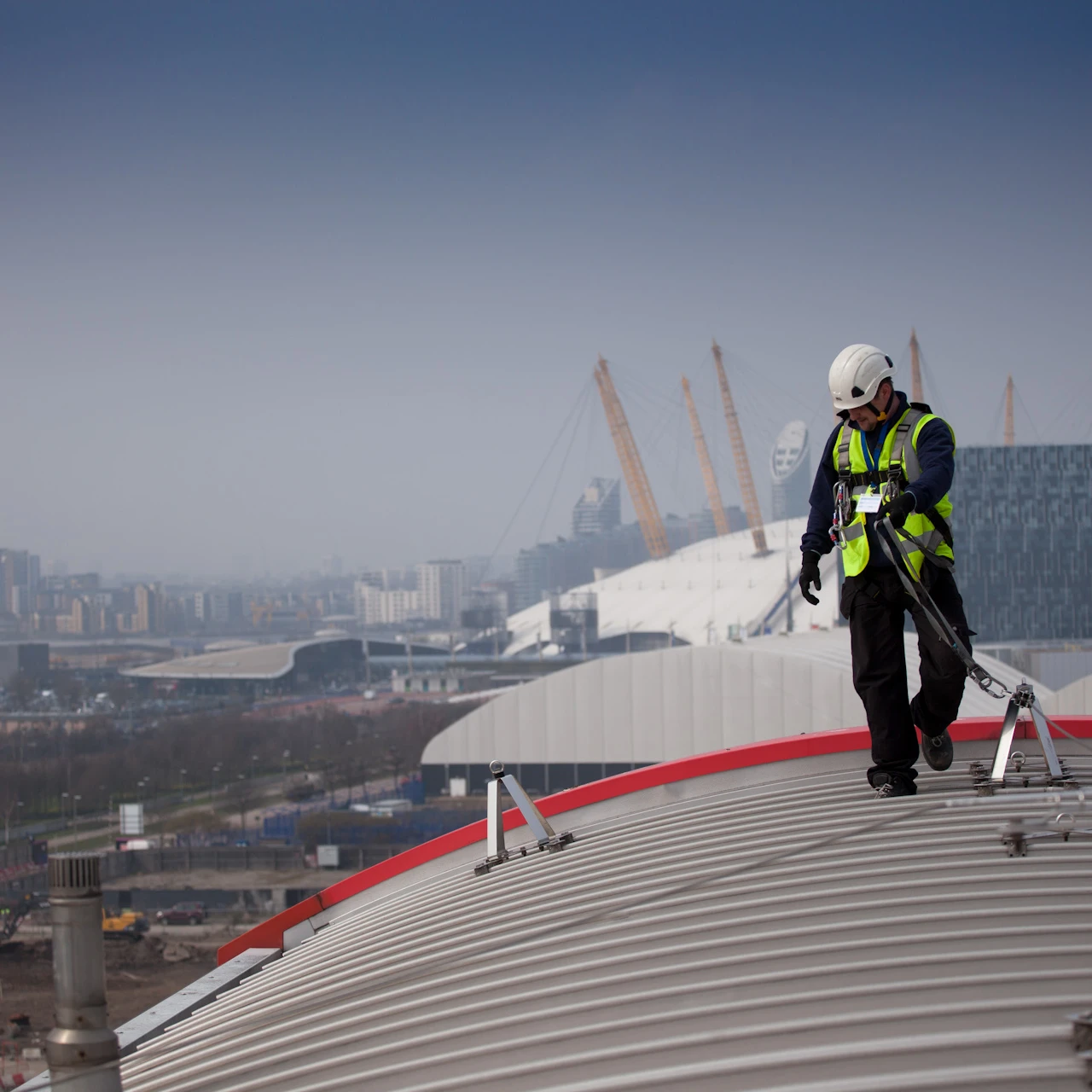

- Knowledge Base
- Blog
- The impact of weather on fall protection equipment: Ensuring safety in all seasons
The impact of weather on fall protection equipment: Ensuring safety in all seasons
Fall protection equipment is vital for safeguarding workers at heights and preventing potentially life-threatening accidents.
While these safety devices undergo rigorous testing to meet industry standards, the weather can significantly influence their performance and effectiveness.
As the seasons change, it is crucial to understand how various weather conditions can impact fall protection equipment to ensure continuous safety for those working at heights. In this article, we will explore the effects of different weather elements on fall protection gear and discuss ways to mitigate risks associated with adverse weather conditions.

Rain and Moisture
Rain and moisture are common weather factors that can adversely affect fall protection equipment. Here’s how:
Reduced traction: Wet surfaces can cause a loss of traction, increasing the risk of slipping and falling, even with appropriate footwear. Fall protection gear like harnesses and lanyards may be less effective in such conditions, making it essential to exercise extra caution during rainy weather.
Material weakening: Prolonged exposure to moisture can weaken the integrity of materials like nylon webbing or rope used in harnesses and lifelines. Inspecting the equipment before each use and storing it properly can help prevent potential failures due to material degradation.
Rust and corrosion: Metal components, such as buckles and connectors, are susceptible to rust and corrosion when exposed to moisture. Regular maintenance and applying anti-corrosion coatings can extend the lifespan of the equipment and ensure its reliability.
Extreme Temperatures
Both high and low temperatures can have significant impacts on fall protection gear:
Cold weather: In cold conditions, materials may become stiffer and more brittle, reducing their overall strength and flexibility. Workers should be trained to inspect their gear carefully during colder months and ensure it remains in optimal condition.
Hot weather: Excessive heat can cause materials to weaken or degrade over time. Workers should store their equipment in a shaded area or use protective covers to shield it from direct sunlight.
Wind
Strong winds can create hazardous conditions for workers at height:
Swinging hazards: Wind gusts can cause workers to swing unexpectedly, potentially leading to collisions with nearby structures or objects. Proper training and the use of shock-absorbing lanyards can help mitigate this risk.
Swaying of equipment: Wind-induced movements can put extra stress on anchor points and connections. Ensuring secure anchor points and inspecting them regularly can prevent accidents related to anchor failures.
Snow and Ice
Winter weather conditions can pose unique challenges for fall protection:
Reduced visibility: Snow and ice can reduce visibility, making it difficult to detect hazards and obstacles. Workers must be provided with proper lighting and be extra vigilant during such conditions.
Slippery surfaces: Snow and ice can create slippery surfaces, increasing the risk of slips and falls. Anti-slip footwear and additional fall protection measures may be necessary in these situations.
Conclusion
The weather undoubtedly plays a crucial role in determining the effectiveness and reliability of fall protection equipment. Employers and workers must remain vigilant and take necessary precautions to address the challenges posed by various weather conditions. Regular inspections, proper maintenance, and appropriate training are essential to ensure that fall protection gear performs optimally in any weather.
As climate conditions continue to evolve, it is crucial for safety professionals and equipment manufacturers to adapt and develop new innovations that can withstand changing weather patterns while providing maximum protection for those working at heights. By prioritising safety and understanding the potential impacts of weather on fall protection equipment, we can ensure the well-being of workers and prevent accidents, no matter the season.
Learn more about...


